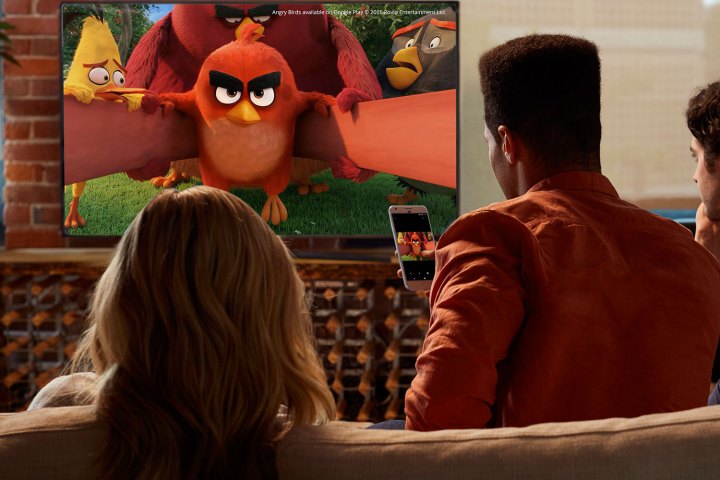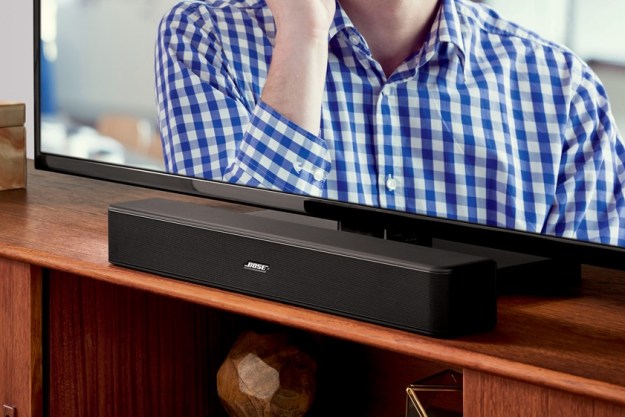
The search giant debuted its streaming stick, the Chromecast, in 2013. The $35 device went on to be one of Google’s most successful products. Naturally, Google started partnering with other companies, such as Sony, LG, Vizio, to integrate the cast technology into various products like TVs and speakers.
The Mountain View, California, company named this integrated technology Google Cast, and even rebranded the Chromecast app to Google Cast earlier this year. So Google’s streaming stick is still called the Chromecast — the Chrome branding highlights the simplified Chrome OS it runs — but the app used to control it and other cast-enabled devices is called Google Cast.
Google Home caused yet another rift in the branding. The company recently rebranded the Google Cast app again, and now it’s simply called Home. This all happened in the same year. Confusing, right? It doesn’t matter if you have a Google Home — the app houses all your connected devices that use Google’s cast technology.
Now, Google seems to be going back to the Chromecast name. According to Variety, Google has been quietly removing mentions of Google Cast. It’s replacement? “Chromecast built-in.” The name is easier for consumers to understand the connection between cast-enabled devices and the Chromecast, but the process it took to get here was tortuous.
Google renamed its Google Cast Twitter account to @Chromecast. The Cast website now makes mention of the new name — “Google Cast–also known as Chromecast built-in.” Variety says Google’s partners have also started removing previous mentions of Google Cast on their respective websites.
From Google Cast ➡ @Chromecast. New name on Twitter, same device you know, stream from and love. pic.twitter.com/MnWEj39GuG
— Google Chromecast (@Chromecast) November 22, 2016
If you’re confused, don’t worry — going through a rebrand for a product this many times in one year is not normal. Let’s do a quick recap: The names for the $35 and $80 Chromecast and Chromecast Ultra are staying the same. The cast technology you’ll find in speakers and TVs from other manufacturers will now say “Chromecast built-in.” The app used to manage these devices, including Google Home, is called Home.
Google did not immediately respond to a request for comment.
Editors' Recommendations
- A $20 Chromecast with Google TV is perfect for this one reason
- What is Android TV? Google’s smart TV platform fully explained
- Chromecast with Google TV makes the leap to Android 12
- Google Chromecast tips and tricks to make you a master caster
- All the new Chromebook features quietly announced at Google I/O

